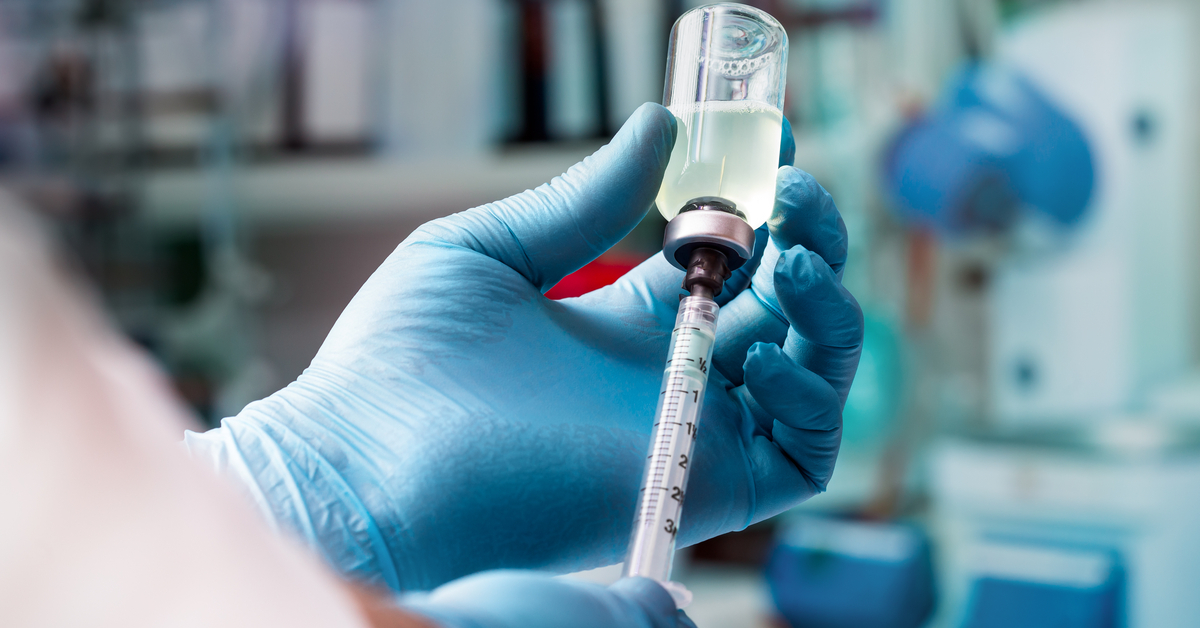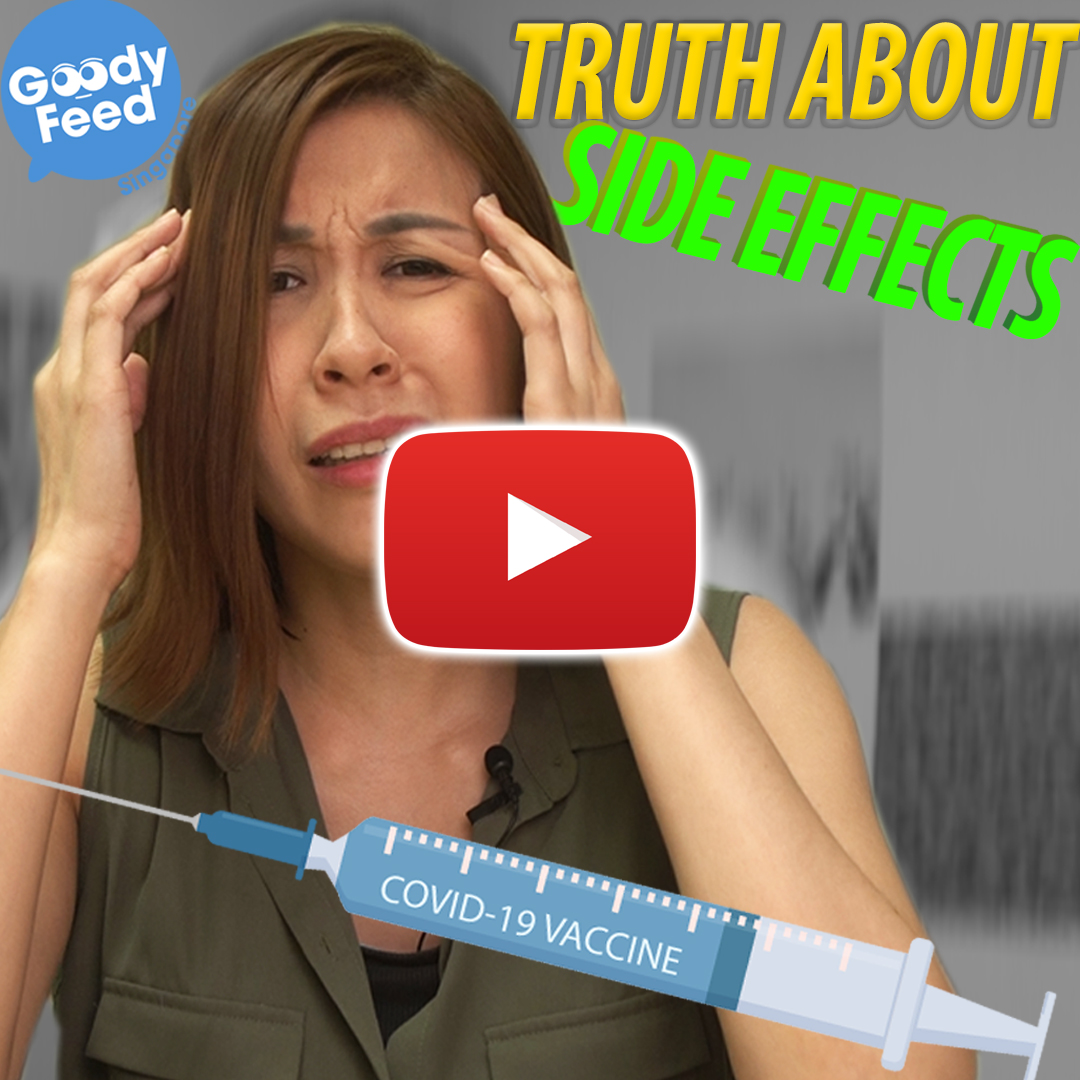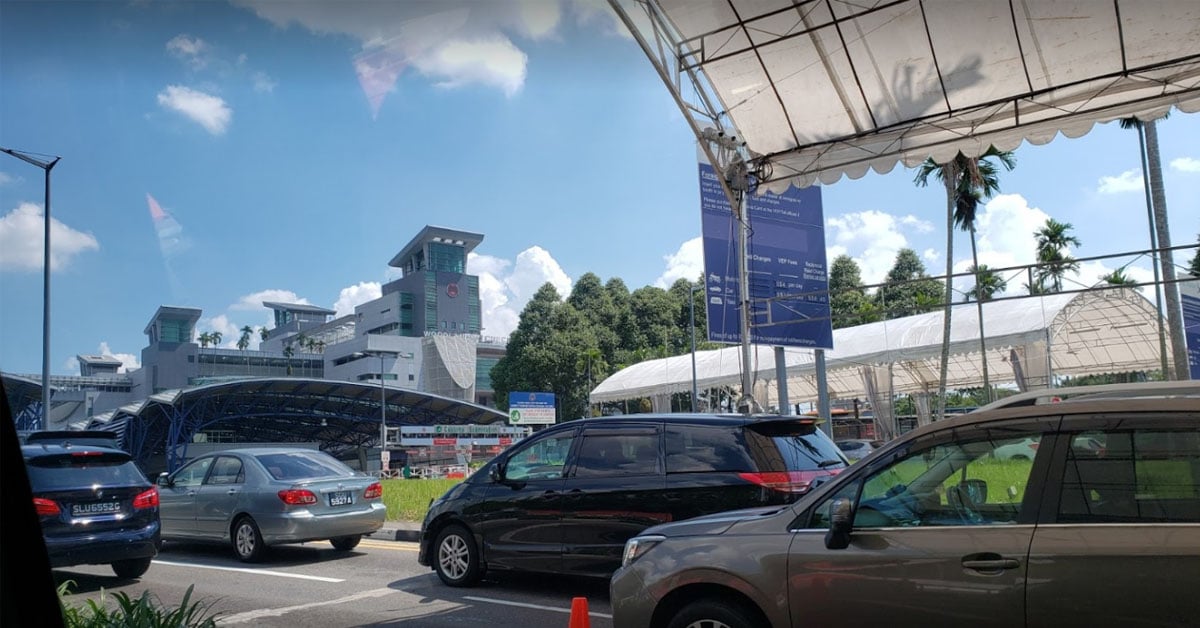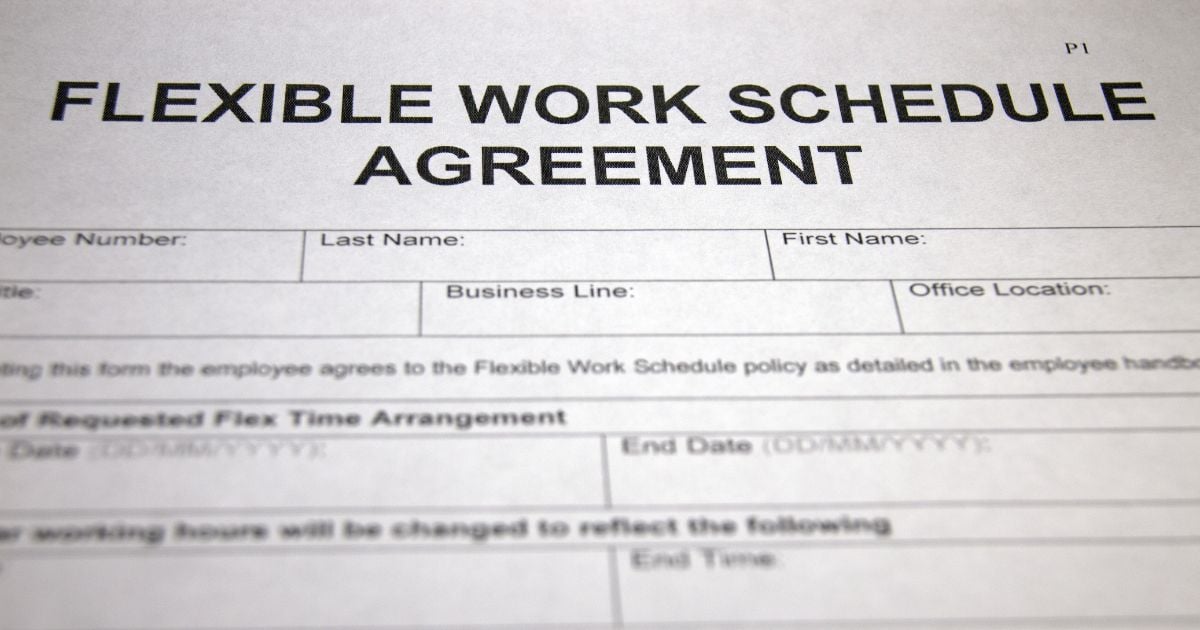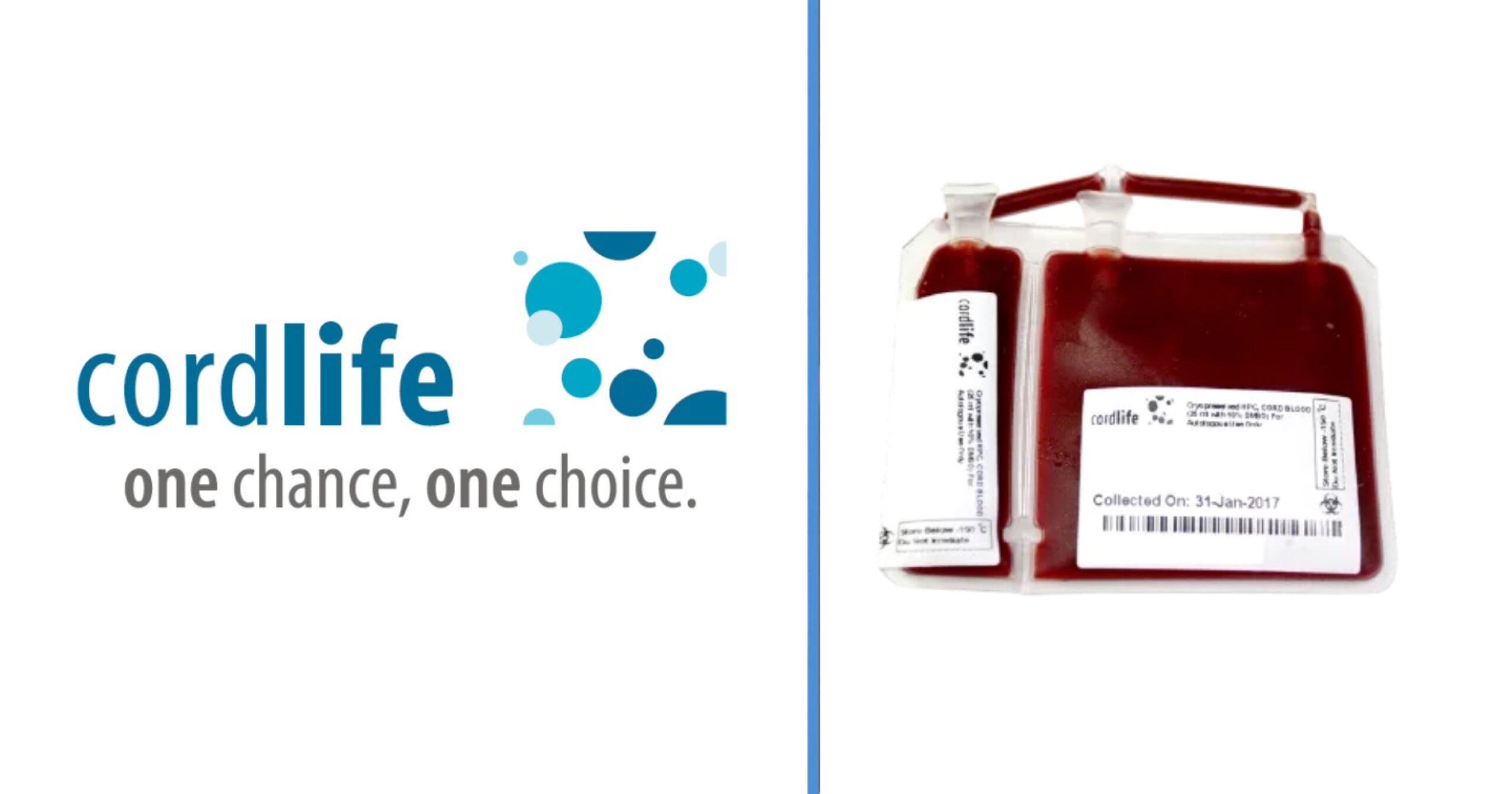What’s something you can say during a pandemic but not in normal everyday situations?
That you want to shoot something up your arm? (Yikes?)
We are talking about the COVID-19 vaccines of course, and we’ve been seeing an increase in the number of vaccines that are in development or are approved for use.
In fact, at the time of writing, 12 COVID-19 vaccines have been approved for use all over the world, while 2 have been approved here in Singapore.
Though we’ve been swamped, pelted and bombarded with news about the pandemic and the vaccines, we might not have fully grasped all the information out there, especially when newscasters speak like doctors. So without further ado…
Here are 10 facts about the COVID-19 vaccines that are simplified for you.
Now, if you’re lazy to read this article that has more than 1,700 words, here’s a video you can watch instead (watch to the end to understand why it’s approved so fast!):
How Are COVID-19 Vaccines Created So Quickly?
Typically, a vaccine takes 10 to 15 years to develop, and the fastest vaccine developed thus far is the mumps vaccine that was developed in 4 years.
When some people were drinking bleach as a treatment for COVID-19, experts all over the world said that it’d take 12 to 18 months to develop a vaccine, and that’s considered super fast.
So why were the current vaccines developed so fast?
For a start, scientists didn’t start everything from scratch; the virus that caused COVID-19 is SARS-CoV-2, which is actually the successor to SARS-CoV-1 that caused SARS back in 2003.
Vaccines for SARS-CoV-1 were already made but were not tested on humans yet, so that made development for SARS-CoV-2 vaccines much faster.
Also, before the virus spread internationally, the genetic information of the virus was shared by China in Jan 2020, allowing anyone to use it to work on a vaccine before it became a pandemic.
Remember, in January, no one expected it to blow up to such an extent.
How we eat our words now.
Advertisements
Another key reason is how the trials for the COVID-19 vaccine were conducted. Although typically drug and vaccine development require key stages to be completed sequentially, the urgency of the pandemic forced companies to plan ahead of time and overlap their work such that each stage could progress seamlessly.
Dr Danny Soon, a member of the Ministry of Health Expert Committee on COVID-19 Vaccination also noted that the generous funding made it possible for companies to confidently develop the vaccines with some assurance of cost recovery.
How Many Vaccines Are There?
So far, in Singapore, only two vaccines have been approved, but here’s the thing: different countries approve different vaccines. Currently, there are 12 vaccines that are approved by governments all over the world.
According to The New York Times, 83 vaccines are undergoing clinical trials on humans while a staggering 23 are in their final stages of testing! This number is accurate at the time of writing, however, it might change in the future, because weeks ago, when we were preparing a video script for this article, the figure we got was just 16 (this shows how fast things are moving).
Worldwide, hundreds of vaccines continue to be in development so we might see more of them progressing to Phase 1 clinical trials or being approved for use soon.
Heck, one of them isn’t an injection but a pill instead!
Different Types of Vaccines
Before COVID-19, all vaccine types worked by injecting either inactive, weakened or parts of the virus into the body to train the body to kill the virus
However, producing such components isn’t easy.
Companies need to produce the virus by growing them in, I kid you not, chicken eggs or on “fake” human cells.
Advertisements
This isn’t just a problem for the COVID-19 vaccine (whereby we need tons of vaccines in a short period of time). It’s always been an issue since doing so is costly and the supply chain of these eggs are easily affected.
Some viruses also take too long to grow.
While this egg-based vaccine has been used for over 80 years, scientists have always been experimenting with new ways to develop a vaccine.
And in the last 30 years, they’ve been working on another technology: Messenger RNA or mRNA vaccines.
This is the technology that the two approved vaccines in Singapore use.
Advertisements
How Do mRNA Vaccines Work?
In essence, they work by letting our body create the harmless spikes that are on the surface of the virus so that our immune system will learn how to fight the spikes. Exactly how important are the spikes?
The coronavirus without spikes is like an influencer without an Instagram account: it’ll be completely useless and harmless.
Oof.
But it isn’t exactly some new-fangled technology. Back in 1989, scientists have managed to use mRNA to get human cells to create certain proteins in our body.
If this is confusing, here’s a crash course about Biology that you’ve actually learned in secondary school but forgot the moment you receive your O-level cert: our cells are like machines that can create proteins, and that is why our cells are always growing more cells.
Advertisements
In other words, if you’ve watched Sweet Home on Netflix, the science behind people turning into monsters actually makes sense because a person can indeed transform into another creature by himself if the cells create the correct proteins.
However, there’s a problem: the mRNA injected into our body would be broken down almost immediately, so the challenge is to deliver them into our cells without them being destroyed by the body’s immune system.
Thankfully in 2005, scientists found a way to program mRNA so that our body wouldn’t mount a full-out attack against it, but there’s another problem: it can’t enter a cell easily.
Only in 2018 was a method to package RNA into nanoparticles was finally approved for use, and this method allows the mRNA to do what its predecessors could not.
And well, we all know in 2019, the pandemic broke out, so it’s actually a beautiful coincidence that the technology was finally ready just in time for the COVID-19 vaccines.
Advertisements
Why mRNA Vaccines Won’t Affect Your DNA
Some people hear the acronym “mRNA” and the words “create protein”, and they come to the conclusion that the vaccine will alter our DNA, which is untrue.
Our DNA is located inside our nucleus, and the mRNA doesn’t go there at all. Instead, it tells the protein-making machine, which is outside the nucleus, to create the spikes of the coronavirus instead, which the immune system will find, learn and destroy.
After that, the mRNA will eventually be broken down, too.
So instead of getting chicken egg cells to create the virus, we get our own cells to create parts of the virus.
Why mRNA Vaccines Are Goody
mRNA can be easily replicated in a laboratory with a DNA template and readily available materials.
Advertisements
Why is this so?
Because in the DNA world, the codes are in A, C, G and T.
On the other hand, RNA is also a code but coded in A, C, G and U instead.
Just like how you would use codes for a specific programme if a scientist knows the codes that can create the coronavirus spike, creating the mRNA is going to be very, very simple.
The US Centers for Disease Control and Prevention (CDC) notes that with this technology, the process can be standardized and scaled up, making vaccine development faster than traditional methods.
Advertisements
Goodbye, chicken eggs.
Side Effects Of COVID-19 Vaccines
Everyone has different side effects and its severity, but based on studies, the most common ones are:
- Pain, redness and swelling of the arm
- Tiredness
- Headache
- Muscle pain
- Chills
- Fever
- Nausea
The second dose would induce more side effects but once again, remember: it’s normal.
But if the side effects don’t go away or they’re worrying, you should seek medical attention immediately.
Vaccines Might Become The Norm
Now, if you think vaccines are going to eradicate COVID-19 forever, think again.
Advertisements
Chances are we might need to live with COVID-19 forever, though the threat would be lower.
According to history, a disease can be completely eradicated, like smallpox, if it fulfils four factors:
- Working vaccines
- No animal vectors
- Global cooperation
- Good contact tracing and isolation
You can see that we’ve only fulfilled one of the four factors.
Especially since the virus comes from animals, it can come back in other forms.
In 2020, we’ve seen that it’s every man for themselves. The cruel law of the jungle applies when it comes to hoarding toilet paper and instant noodles in a supermarket showdown.
Advertisements
Heck, in 2021, we also learn that since the rich nations are buying all the good vaccines, so global cooperation exists only in Korean dramas
While Singapore has had necessary systems in place, such as thorough (well, some might say too thorough) contact tracing and isolation, we can’t say the same for other countries.
So this means that based on history, COVID-19 will never be eradicated: it’ll be like the flu or chickenpox, whereby it’ll be in the community forever.
COVID-19 Vaccines Won An Award
COVID-19 vaccines were such a breakthrough in science that they won the “Breakthrough of the Year” award in 2020.
A very apt award indeed.
Advertisements
The award is presented to the most significant development in scientific research, and previous award winners include other breakthroughs like the first blackhole image and the first mammal clone, Dolly the sheep!
Now, this breakthrough could mean many things for science. In particular for mRNA technology, it usually takes years for new technology to enter the market, but it was approved in 2018 and is now deemed safe in 2021
While this would obviously make vaccines much easier to develop now, which would lower deaths, scientists are now looking at how it can work in other areas, like mRNA medicines.
Imagine having your body build something in your body to fight off a virus!
Scientists have also developed the CRISPR gene-editing technique in 2012 to edit human genes easily, winning the Breakthrough of the Year in 2015 and the Nobel Prize in Chemistry in 2020.
Advertisements
Combine these two and maybe we’ll see an actual Captain Singapore someday.
Why the Vaccines Were Approved So Fast
Though some might worry that Singapore had rushed to approve our stock of COVID-19, it is actually the Pandemic Special Access Route (PSAR) that has allowed us to purchase and administer the vaccines swiftly!
It’s still safe as it’ll just be reviewed faster and that the “potential benefits outweigh the known risks when used during the COVID-19 pandemic.” Safety isn’t compromised at all.
For more information about COVID-19 vaccines and the vaccination process, head over to the Ministry of Health’s website to stay updated, because for all you know, there might be 500 approved vaccines in Singapore by the time you read this.
Featured Image: angellodeco / Shutterstock.com
